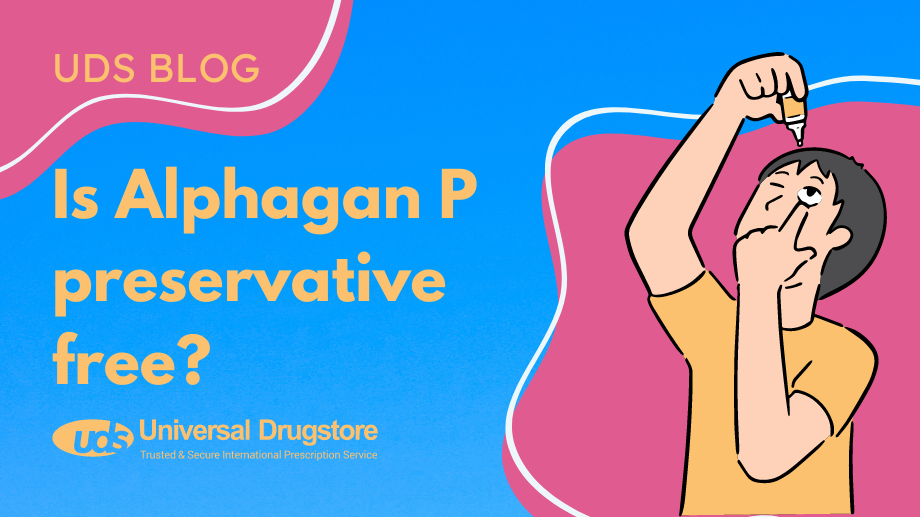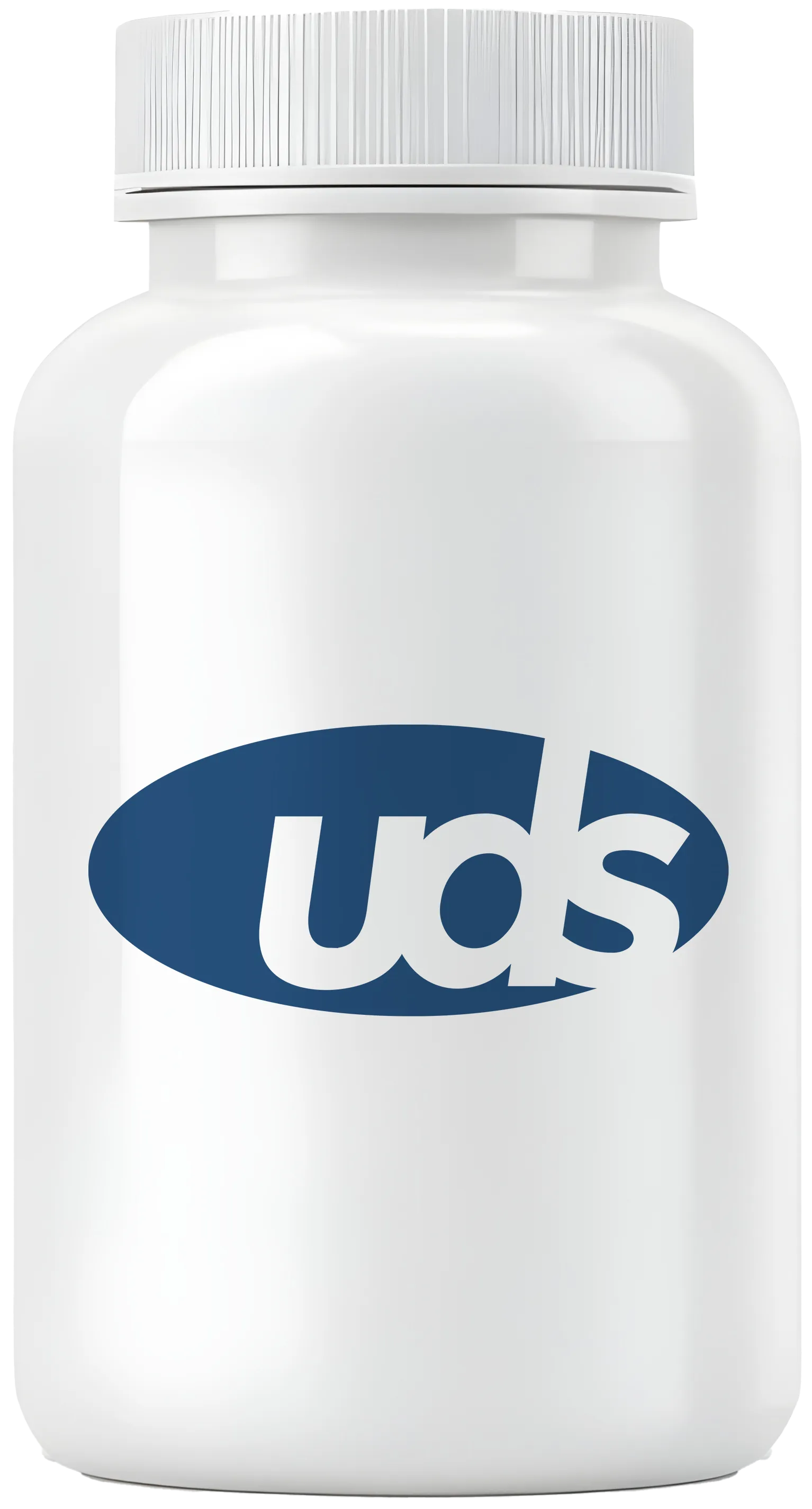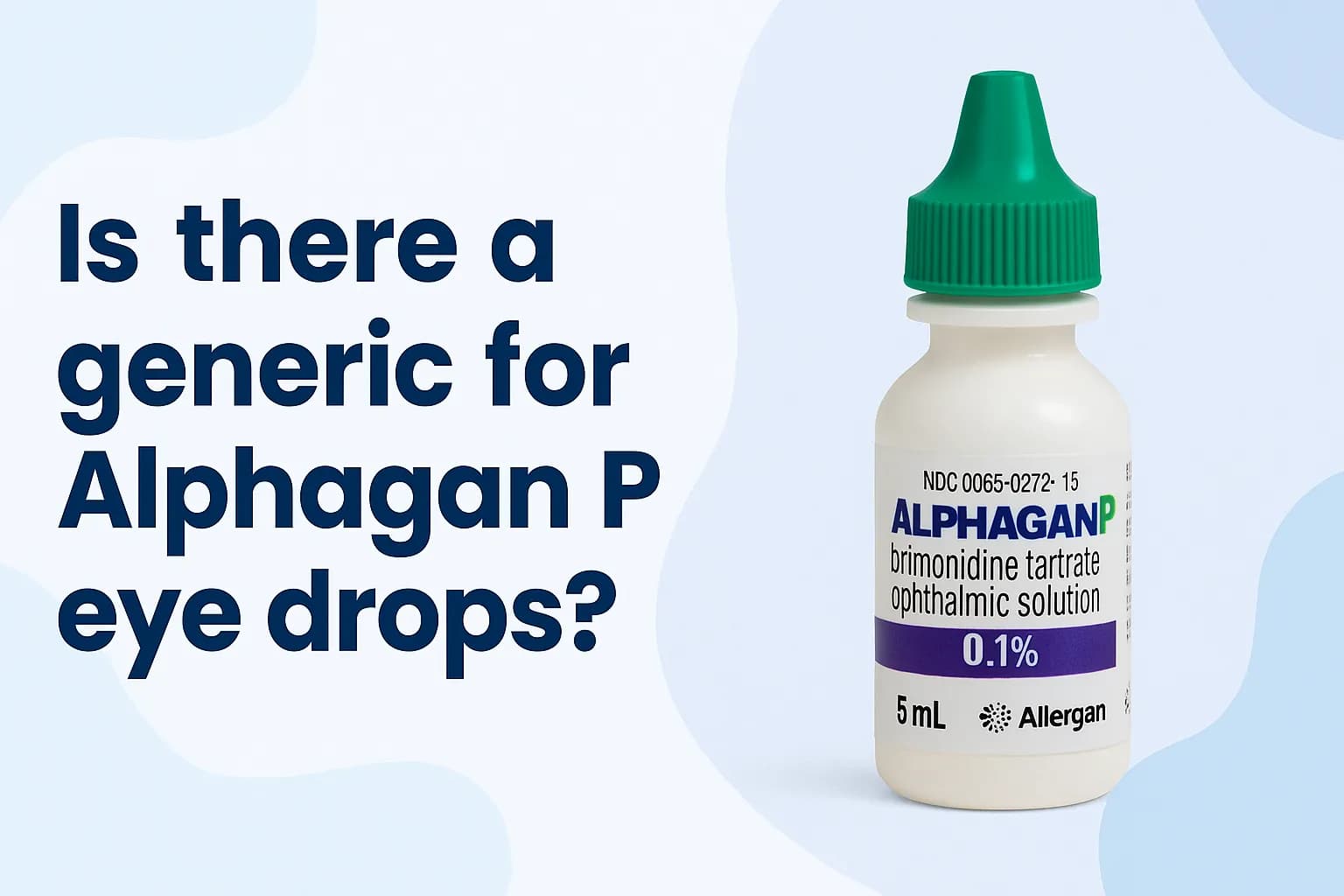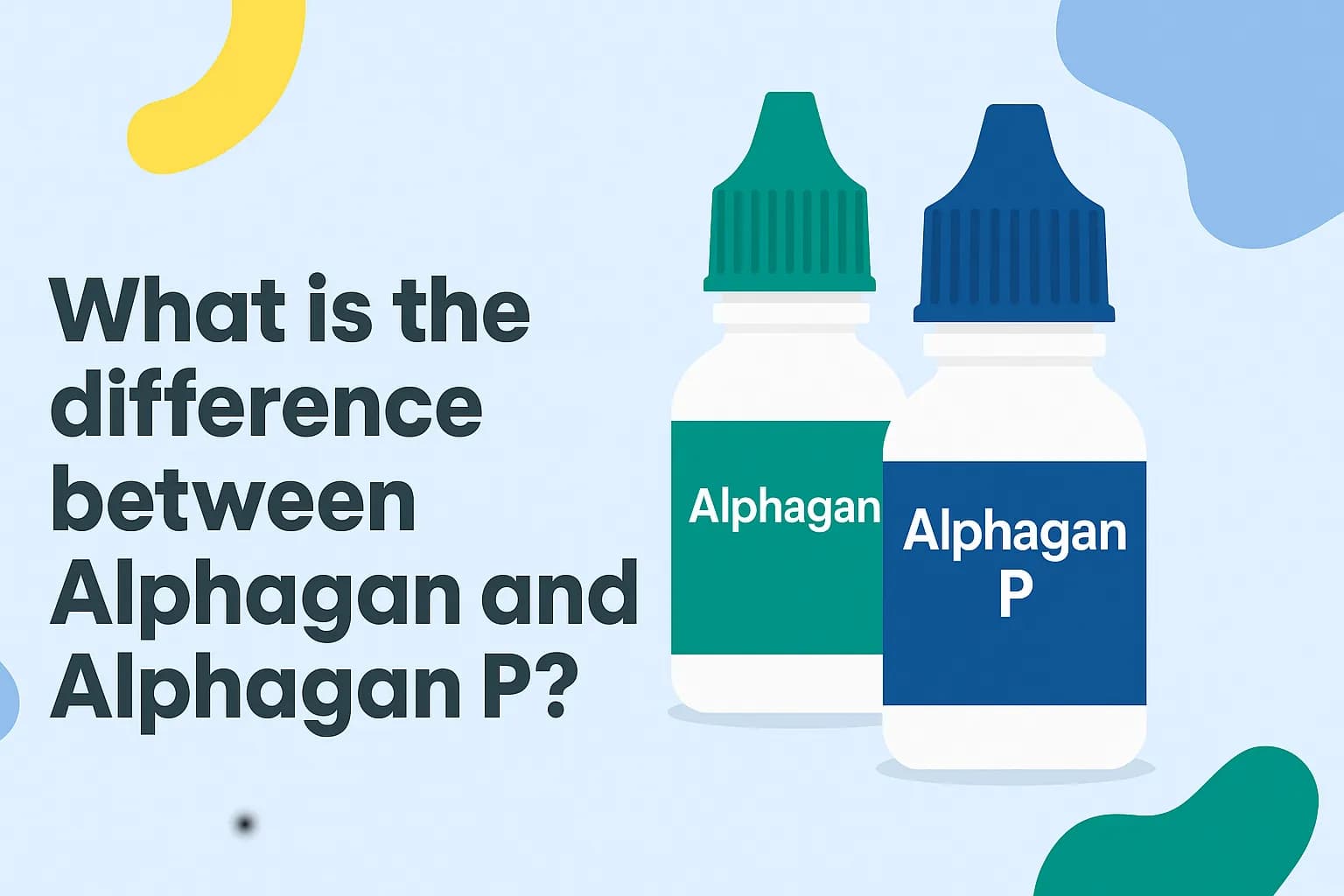Is Alphagan P preservative-free?

Alphagan P (brimonidine) is an open-angle glaucoma medication that is used to reduce pressure in your eye. Because it is a multi-dose eye drop, it contains a preservative to help keep it from becoming contaminated with bacteria. However, the use of certain preservatives can still lead to serious complications. It is widely known that the preservative benzalkonium chloride (BAK) can harm corneal and conjunctival epithelial cells, which can lead to ocular surface disease (OSD). It is estimated that around half of people receiving glaucoma therapy suffer from this condition. OSD can cause redness, irritation, tearing, burning, light sensitivity, foreign body sensation, and sometimes blurred vision. The original formulation of Alphagan contains BAK.
The pharmaceutical industry has been addressing this issue by developing preservative-free medications or using alternative preservatives to help minimize damage to not only the ocular surface but also the conjunctiva, tear film, eyelids, and corneal epithelium.
Preservative Alternatives
Some examples of preservative-free eye drops include Timoptic in Ocudose (timolol), Zioptan (tafluprost), and Cosopt PF (dorzolamide/timolol). There are also BAK-free products that use other preservatives that aim to reduce toxicity and increase tolerability. One example is Alphagan P (brimonidine), which is preserved with Purite, a stabilized oxychloro complex that kills bacteria through oxidation without causing damage to your eye. Another BAK-free product used in the treatment of glaucoma is a prostaglandin analog from Alcon called Travatan Z (travoprost), which is preserved with SofZia. SofZia also kills bacteria through oxidative damage and when it is exposed to your tear film, it is inactivated by enzymes.
Alphagan P FAQs
What is Alphagan P used to treat?
Alphagan P is a brand-name brimonidine ophthalmic solution manufactured by Allergan. It is FDA-approved to reduce elevated intraocular pressure (IOP) in patients 2 years of age and older with open-angle glaucoma or ocular hypertension.
How does Alphagan P work?
Alphagan P’s active ingredient, brimonidine tartrate, belongs to a drug class called alpha-2 adrenergic agonists. It works by decreasing your body’s production of aqueous humor (type of fluid in your eye) and increasing the flow of this fluid out of the eye, resulting in a decrease in eye pressure.
How is Alphagan P used?
It is important to follow your healthcare provider’s instructions on how to use Alphagan P correctly. The usual recommended dosage is to place 1 drop in the affected eye(s) 3 times a day about 8 hours apart.
Application Instructions:
- Wash your hands
- Don’t touch the dropper tip or let it touch your eye
- Remove contact lenses before using Alphagan P
- Tilt your head back and pull down your lower eyelid
- Hold the dropper over your eye and insert one drop
- Look downward and gently close your eyes for 1-2 minutes
- Place one finger at the corner of your eye and apply gentle pressure
- Do not blink or rub your eye
- Wait at least 15 minutes before putting contact lenses back in
Shop Medications
What are the side effects of Alphagan P?
Common side effects include:
- Dry mouth
- Allergic conjunctivitis or red eye
- Eye irritation, burning, and stinging
- Eye pain
- Headache
- Blurred vision
- Foreign body sensation
- Drowsiness or tiredness
- Small white patches on eyelids
- Itchy eyes
- Dry eyes
Serious side effects requiring medical attention:
- Serious allergic reactions (hives, trouble breathing, swelling)
- Low blood pressure, especially upon standing
- Bacterial keratitis from contamination
What drugs interact with Alphagan P?
Potential interactions include:
- Blood pressure medications (clonidine, cardiac glycosides)
- Beta-blockers (atenolol, betaxolol, timolol)
- CNS depressants (alcohol, barbiturates, opiates, sedatives)
- Tricyclic antidepressants (amitriptyline)
- Monoamine oxidase inhibitors (selegiline, tranylcypromine)
What is the difference between Alphagan and Alphagan P?
The main difference is the preservative used. Alphagan P contains Purite while Alphagan contains benzalkonium chloride (BAK). They also have different concentrations of brimonidine: Alphagan (0.2%) and Alphagan P (0.1% and 0.15%).
Related medications
- Trusopt (dorzolamide)
- Timoptic (timolol)
- Cosopt PF (dorzolamide/timolol)
- Combigan (brimonidine/timolol)
- Lumigan (bimatoprost)
- Xalacom (latanoprost/timolol)
Sources
- Medscape
- Alphagan P Prescribing Information
- PDR
- DailyMed
- Various clinical studies on preservatives in eye medications





